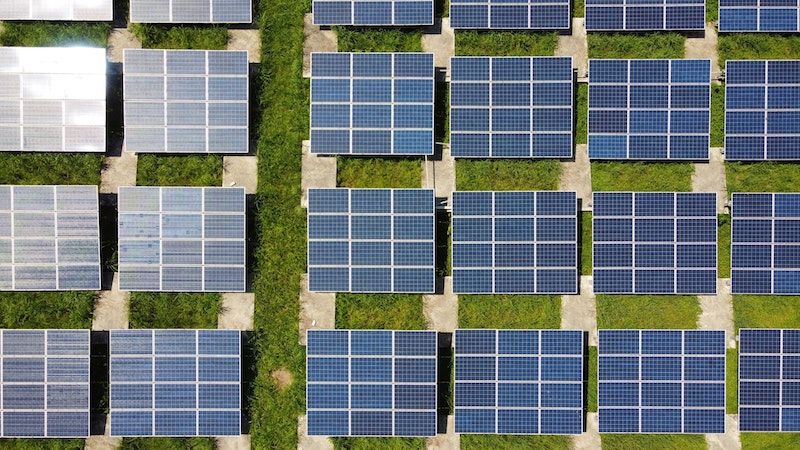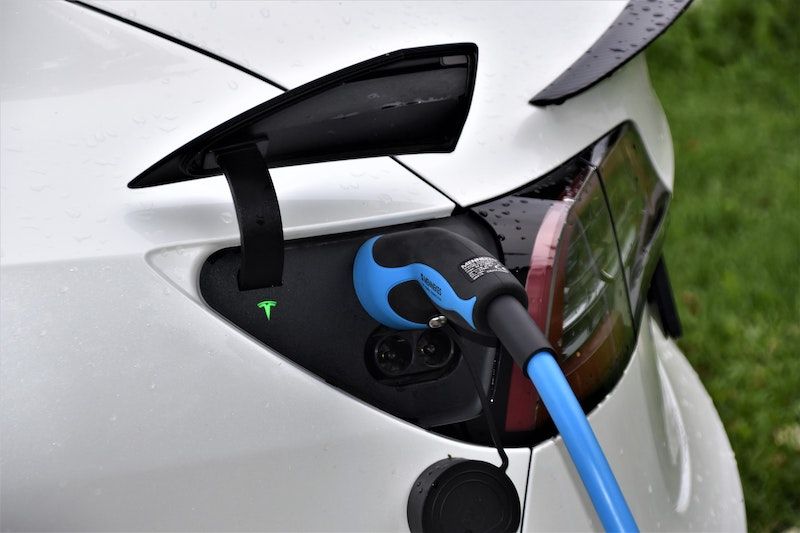The word "solution" always takes me back to high-school algebra class, where each equation could be balanced by its one magic answer. If only the climate crisis were an algebraic equation.
It's understandable that people want to find the most effective and efficient strategies to halt global warming—but too often this turns into tit-for-tat comparisons, as if only one approach can be right. There is no silver bullet.
"Solving" climate change is impossible, really. We've already warmed the climate. This means that while need to adapt to new conditions. But we can still mitigate the amount of further climate change, too. This will require governments making sweeping changes while individuals rethink their own lives.
It's easy to feel like this must require giant sacrifice. But some researchers have found that everyone on earth can live a "decent life" and still consume 60% less energy tan today. Parts of the route we'll need to take have become clear already, even if there are questions we have yet to answer.
Ready-to-go answers
1. More clean energy
Among the best news for our climate is the rapidly falling cost of renewable resources, particularly solar panels. The electricity sector, along with heating, is responsible for the largest slice of the world's emissions. Overhauling electrical grids is becoming an increasingly "no, duh" solution. One recent study found that to keep warming below 1.5°C would require spending an extra $300 billion annually—less than 3% of the amount of money countries have already pledged to spend on recovering from the coronavirus.
There are kinks to work out, of course: It's not always windy or sunny at the time you need electricity. Better batteries could be the answer, though the technology is still developing. Or we could launch a new generation of nuclear reactors, which could provide a steady load of power no matter the weather. Nuclear often faces strong public opposition, and the high cost of building plants has been an ongoing challenge. Ultimately, though, we don't need an answer now. We can start phasing out oil, coal, and gas immediately, adding more renewables, while we pursue a large portfolio of supplementary technology. The perfect formula can come later.

The government's role here—as in all of these solutions—is to support R&D while making proven technologies as economical as possible. Industrializing countries are going to adopt whatever is cheapest, so if the developed world can get the price of green technology low, that becomes a gift to the world.
2. Travel green
Our work won't end with shutting down coal and gas plants. We need to take care of our gas-guzzling cars and trucks and airplanes, too. Transportation accounts for 14% of global emissions, and a much higher proportion in certain countries, including the United States.
Here, too, an important answer feels close at hand: electric vehicles. Even where electricity is supplied by fossil fuels, electric vehicles reduce emissions, since one power plant is more efficient than many scattered little engines. As we fix the electrical grid, the benefits of electrical vehicles will only grow.

We haven't figured out everything about travel yet. People are experimenting with electric aircraft, but planes are so energy-intensive that this remain a challenge. One long-term answer may be synthetic fuels. These have a similar chemical composition to fossil fuels but instead of being mined from the earth, they are created through chemical reactions: Using a dose of electricity, carbon dioxide is zapped together with hydrogen.
If the electricity is supplied by a renewable source and the carbon dioxide is pulled from the atmosphere, this can produce a very, very low-carbon fuel. Those are major ifs, of course, but certainly the process is worth exploring.
3. Build better
Overhauling the world's electrical grids will take time. Along the way, we can target the places where much of that electricity goes: buildings. Currently, according to the UN, buildings soak up a third of global energy.
There are already well known strategies for increasing the efficiency of existing buildings—from smart thermostats to carefully designed window shades to replacing natural gas hookups with other forms of energy—which together can decrease energy consumption by as much as 90%. Simply passing a strong new building code can make a substantial difference, especially in places where construction is booming.

Work in progress
4. Fix farming
There is an economic sector that emits nearly as much carbon as electricity generation: farming, along with other forms of "land use" like forestry.
Meat production is especially bad for the climate—and meat consumption, globally, is climbing. While there are emerging technologies that will help us decarbonize the electric grid, we've got too few ideas when it comes to agriculture. This, increasingly, is going to be the problem to tackle.
Farming's emissions are various. When trees are cut down to clear farmland, this decreases the extent of a carbon sink. The soil, as it is worked, releases some of its stored carbon, too. Fuel is burned to power tractors, and to create fertilizers and other inputs. Cows and pigs belch out methane. Fertilizers spread across fields, including animal manure, release nitrous oxide, another greenhouse gas.

There are simple, age-old solutions to some of these problems. Simply tilling less can decrease the carbon released from the ground. Setting policies that effectively use our present farmland and prevent more logging are important, too.
But technologies will almost certainly have to come into play, too. Meat alternatives are one increasingly high-profile example; companies are also producing feed additives that decrease the amount of methane released through livestock burps. More emphasis on these agricultural conundrums—and more incentives to pursue solutions—are needed across the globe.
5. Reinvent industry
The other worrying sector of the global economy is industry, which makes up more than a fifth of global emissions. Steel production alone makes up as much as 7%.
That's because steel is made with incredibly high heat, usually provided by burning coal. Hydrogen is a promising replacement fuel source, though it remains years—perhaps decades—away from commercially viability. Last year, a U.S.-based company unveiled a plan to use solar mirrors to generate carbon-free heat, which in turn could be used to produce hydrogen.

Cement, too, is carbon-intensive, and it will remain so no matter what heat source we choose: The chemical process by which it's made releases CO2 as waste. A few groups are pursuing alternative building materials, including faux-cement produced by bacteria. These technologies, too, need R&D support.
And until they prove viable, we'll need some kind of band aid. These are out there: The IPCC estimated that if the world's industrial facilities were broadly updated with currently available technologies, the sector's energy intensity could decrease by 25%. The carbon capture technology that already exists could be used to capture industrial emissions, too.
One last step
6. Remove carbon
Even once we get rid of coal and gas and clean up industry, some of our old mistakes will have to be fixed. We need to find ways to get some carbon back out of the atmosphere.
Planting more trees is a promising strategy, though how to justly and effectively divvy up the landscape is a tangled question. Some carbon might be removed through enhanced rock weathering, too, in which specific minerals known to react with carbon are spread across farmland. Ultimately, though, we may need to build machines that pull carbon directly from the atmosphere. Such technology exists already, but is hugely expensive. We'll need to find a way to bring costs down while also incentivizing the cheap and simple methods that already exist.
Next week: What you can do to help along the way.
Read this next:
What is ocean acidification?
August 18, 2020 · Climate knowledge

